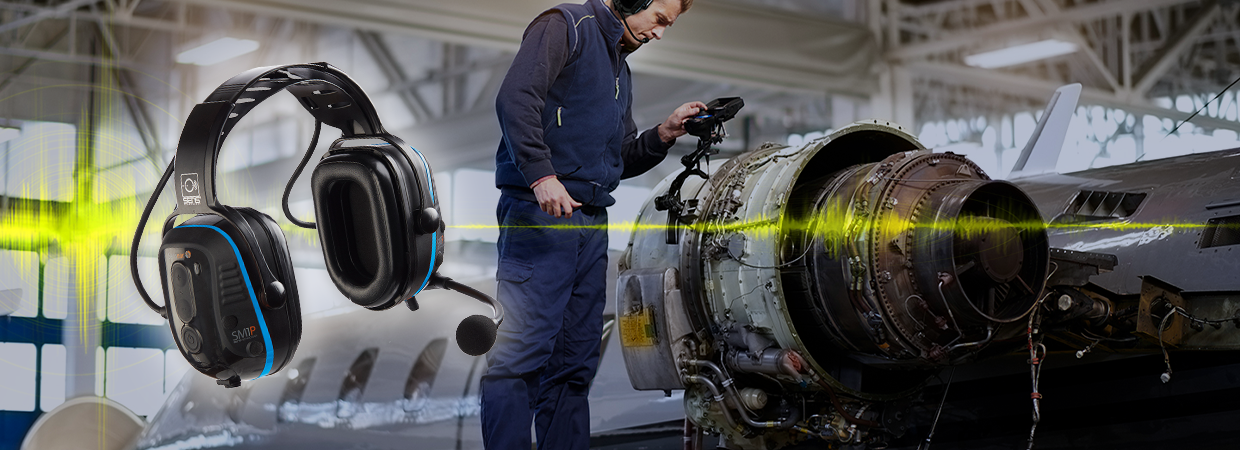- Home
- Blog
- Noise-Induced Hearing Loss
- What is Noise-Induced Hearing Loss (NIHL)?

What is Noise-Induced Hearing Loss (NIHL)?
As defined by NOHSC: 2009 (2004), occupational Noise-Induced Hearing Loss (NIHL) means hearing impairment arising from exposure to excessive noise at work. Occupational noise-induced hearing loss is also commonly known as industrial deafness.
What are the Warning Signs that a Workplace May be Too Noisy?
- Having to shout to be heard in your work environment.
- A ringing or humming in your ears when you leave the noisy area.
- A temporary hearing loss that continues outside the noisy work area.
What Causes NIHL?
Noise-induced hearing loss can be caused by a one-time exposure to extremely loud noise, such as an explosion, or by continuous exposure to noise levels higher than 85dB.
What are the Effects of NIHL?
With prolonged exposure to loud noises (above 85dB), a worker’s hearing may become distorted or muffled, making participation in a conversation difficult.
A condition called “tinnitus” – causes a ringing in the ears of the person affected. This may be a temporary condition, occur occasionally, or in worst cases become a permanent condition that is constantly present.
Ways to Avoid NIHL
NIHL is the only 100% preventable type of hearing loss. However, once the damage has occurred, it is irreversible. Understanding noise hazards, and protecting your workers in a loud work environment can go a long way to avoiding incidences of NIHL.
- Identify the workplace noises that cause damage to hearing (at or above 85dB).
- Place a barrier between the noise source and the workers – or better yet, move the noisy equipment into a noise enclosure.
- Maintain your machinery and equipment to avoid extra noise from malfunctions.
- Move workers farther away from noisy equipment – increased distance reduce exposure to hazardous noises.
- Limit the amount of time a worker spends near noisy equipment.
 Use proper fitting personal hearing protection, such as earplugs or earmuffs. Base your decision on work conditions and worker preference. Hearing protection that is not worn or removed often offers no hearing protection at all.
Use proper fitting personal hearing protection, such as earplugs or earmuffs. Base your decision on work conditions and worker preference. Hearing protection that is not worn or removed often offers no hearing protection at all.- Ensure that the hearing protection being worn limits the sound output level, to ensure workers aren’t exposed to loud sounds coming into the headset via two-way radio or a music player. Some music players can max out at 103dB. This can be just as damaging as the industrial noises in the work environment.
- Provide quiet areas where workers can get away from the hazardous noises to allow time for hearing to recover.
- Provide regular hearing checks for those workers exposed to hazardous noises.
High levels of occupational noise remain a problem in all regions of the world. It is important for businesses that utilize high noise machinery and equipment to understand this problem and provide appropriate hearing protection for their workers. With improvements in technology such as two-way radio headsets and earplugs, this is becoming less daunting a task.







